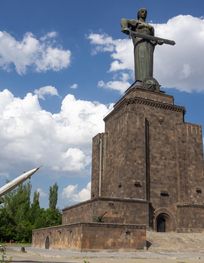
Yerevan: The Pink City of the Caucasus
Discover Yerevan, the vibrant capital of Armenia, where history, culture, and modernity converge in a city known for its pink volcanic stone buildings and rich heritage.
Yerevan, the capital of Armenia, is a city where ancient history meets modern vibrancy. Known as the 'Pink City' due to its rosy volcanic stone buildings, Yerevan is a fascinating blend of Soviet-era architecture and contemporary culture. Walking through its streets, you will find a mix of bustling markets, charming cafes, and historic landmarks. Start your journey at Republic Square, the heart of Yerevan, surrounded by grand governmental buildings and the iconic singing fountains. From here, the city unfolds with a variety of attractions. The Cascade Complex, a massive stairway adorned with modern art, offers stunning views of the city and Mount Ararat in the distance. For a touch of history, visit the Matenadaran, a repository of ancient manuscripts, or the Genocide Memorial, a poignant reminder of Armenia's past. Yerevan is also a city of parks and green spaces. Lovers' Park and Victory Park provide serene spots for relaxation. The city’s vibrant night scene, with its myriad of bars and live music venues, ensures that the fun continues well after the sun goes down. For food lovers, Yerevan’s culinary scene is a delight, with everything from traditional Armenian dishes to trendy fusion cuisine. Shopping enthusiasts will enjoy Vernissage, an open-air market where local artisans sell their crafts, from intricate jewelry to handwoven carpets. And don't miss the chance to sample Armenian brandy at one of the many distilleries offering tours and tastings. Yerevan is a city that promises a rich and varied experience, making it a must-visit destination in the Caucasus.
Local tips in Yerevan
- Visit the Cascade Complex early in the morning or late in the evening to avoid the crowds and enjoy cooler temperatures.
- Make use of the Yerevan City Card for discounts on attractions and free public transport.
- Try traditional Armenian foods like khorovats (barbecue) and lavash (flatbread) at local restaurants.
- Take a day trip to nearby Garni Temple and Geghard Monastery for a deeper dive into Armenia's ancient history.
- Learn a few basic Armenian phrases; locals appreciate the effort and it can enhance your experience.
Neighbourhoods in Yerevan
Yerevan: The Pink City of the Caucasus
Yerevan, the capital of Armenia, is a city where ancient history meets modern vibrancy. Known as the 'Pink City' due to its rosy volcanic stone buildings, Yerevan is a fascinating blend of Soviet-era architecture and contemporary culture. Walking through its streets, you will find a mix of bustling markets, charming cafes, and historic landmarks. Start your journey at Republic Square, the heart of Yerevan, surrounded by grand governmental buildings and the iconic singing fountains. From here, the city unfolds with a variety of attractions. The Cascade Complex, a massive stairway adorned with modern art, offers stunning views of the city and Mount Ararat in the distance. For a touch of history, visit the Matenadaran, a repository of ancient manuscripts, or the Genocide Memorial, a poignant reminder of Armenia's past. Yerevan is also a city of parks and green spaces. Lovers' Park and Victory Park provide serene spots for relaxation. The city’s vibrant night scene, with its myriad of bars and live music venues, ensures that the fun continues well after the sun goes down. For food lovers, Yerevan’s culinary scene is a delight, with everything from traditional Armenian dishes to trendy fusion cuisine. Shopping enthusiasts will enjoy Vernissage, an open-air market where local artisans sell their crafts, from intricate jewelry to handwoven carpets. And don't miss the chance to sample Armenian brandy at one of the many distilleries offering tours and tastings. Yerevan is a city that promises a rich and varied experience, making it a must-visit destination in the Caucasus.
When is the best time to go to Yerevan?
Iconic landmarks you can’t miss
Cascade Complex
Discover Yerevan's Cascade Complex - a vibrant open-air museum filled with modern art and stunning views of the city and Mount Ararat.
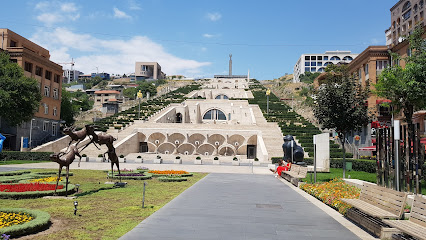
Republic Square
Discover the architectural beauty and vibrant atmosphere of Republic Square, Yerevan's historical landmark and cultural heart.
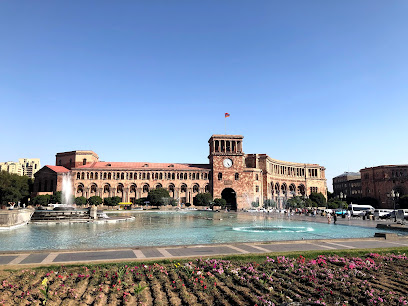
Vernissage
Explore the vibrant Vernissage in Yerevan for unique Armenian handicrafts and authentic cultural experiences in the heart of the city.

Tsitsernakaberd Armenian Genocide Memorial Complex
Explore the Tsitsernakaberd Memorial Complex in Yerevan, a poignant tribute to the resilience of the Armenian people and their history.
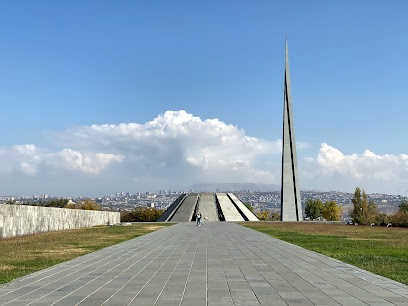
Armenian National Opera and Ballet Theatre
Explore the Armenian National Opera and Ballet Theatre, a cultural landmark in Yerevan showcasing the best of Armenian arts and performance.
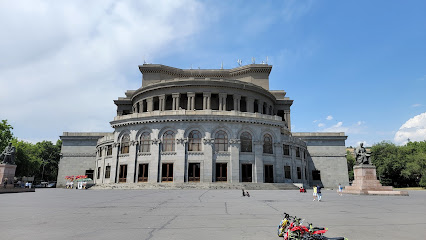
Victory Park
Explore the beauty and history of Victory Park in Yerevan, a perfect blend of nature, culture, and stunning views.

Freedom Square
Explore Freedom Square in Yerevan, a cultural hub featuring stunning architecture, lively events, and access to Armenia's rich history.
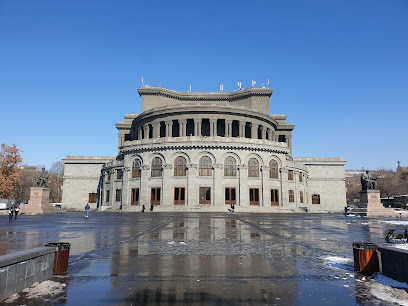
Charles Aznavour Square
Explore the vibrant Charles Aznavour Square, a cultural gem in Yerevan filled with stunning sculptures, fountains, and rich Armenian heritage.
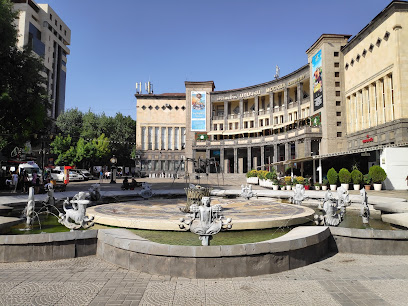
Matenadaran
Explore the Matenadaran in Yerevan, a cultural gem with thousands of ancient manuscripts that tell the story of Armenian heritage and history.
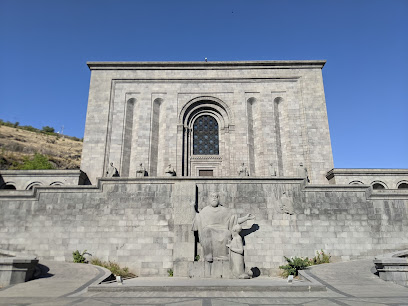
Erebuni Fortress
Discover the ancient Erebuni Fortress in Yerevan, a historical gem that offers stunning views and rich insights into Armenia's Urartian heritage.
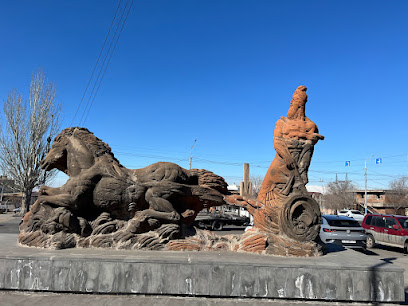
Alexander Tamanyan Statue
Explore the Alexander Tamanyan Statue in Yerevan, a cultural landmark celebrating the visionary architect who shaped Armenia's architectural landscape.
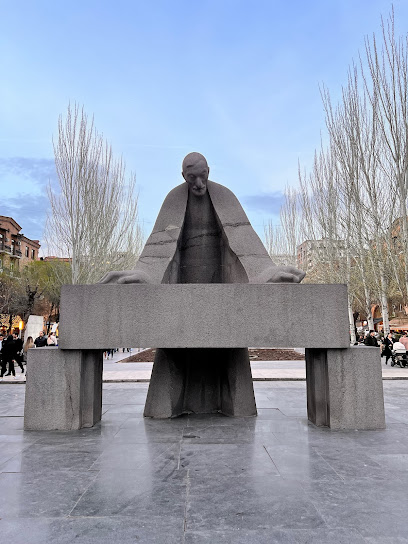
Yerevan History Museum
Discover the fascinating history of Yerevan at the Yerevan History Museum, where each exhibit tells a story of Armenia's cultural heritage and evolution.

Memorial to the 50th Anniversary of October Revolution
Discover the historical significance of the Memorial to the 50th Anniversary of the October Revolution in Yerevan, a captivating tribute to Armenia's past.
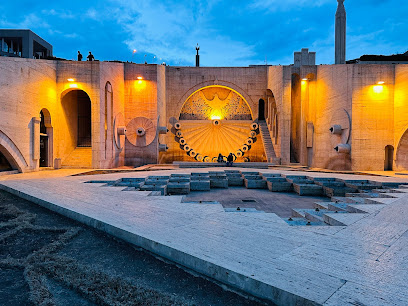
Ervand Kochar Museum
Explore the Ervand Kochar Museum in Yerevan, where Armenian art and culture come to life through the works of a legendary sculptor.
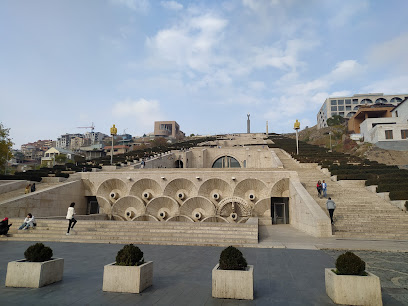
Singing Fountains
Experience the captivating beauty of the Singing Fountains in Yerevan, where water, music, and lights create a magical evening spectacle.
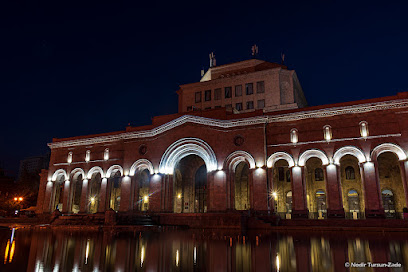
Unmissable attractions to see
Cascade Complex
Discover the Cascade Complex in Yerevan, a breathtaking open-air museum featuring modern art, stunning views, and a vibrant cultural scene.
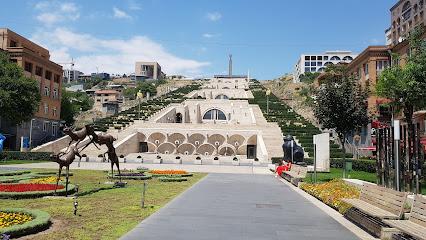
Republic Square
Explore the vibrant heart of Yerevan at Republic Square, where history, culture, and stunning architecture converge in a captivating setting.
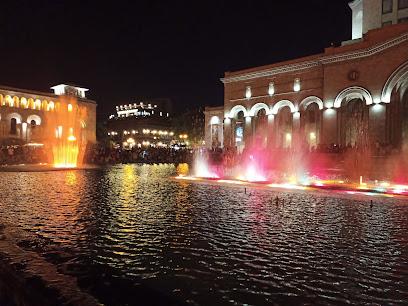
Vernissage Market
Explore Yerevan's Vernissage Market - a vibrant hub of Armenian handicrafts and cultural treasures await every traveler.
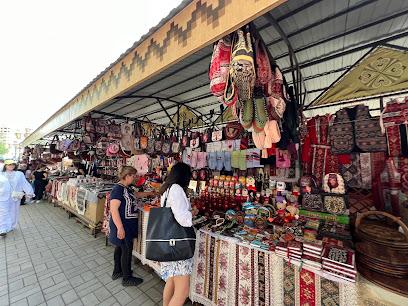
Pagan Temple of Garni
Discover the ancient Pagan Temple of Garni, a stunning historical landmark in Armenia, renowned for its breathtaking architecture and picturesque surroundings.
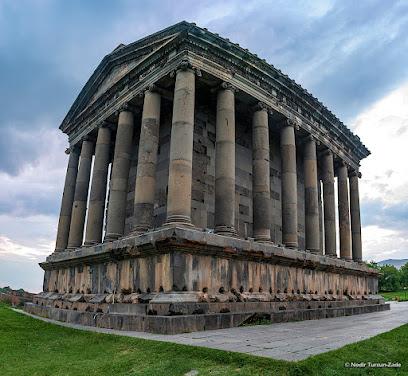
Geghard Monastery
Explore Geghard Monastery, an iconic Armenian site carved from rock, surrounded by stunning landscapes and rich in cultural heritage.
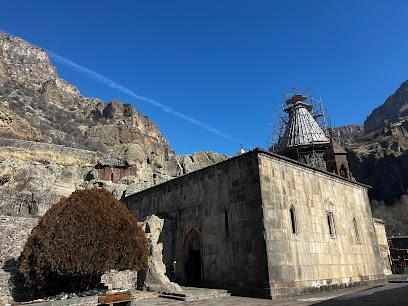
Garni Historical and Cultural Museum
Explore Armenia's rich cultural heritage at Garni Historical and Cultural Museum, a must-visit destination for history enthusiasts.
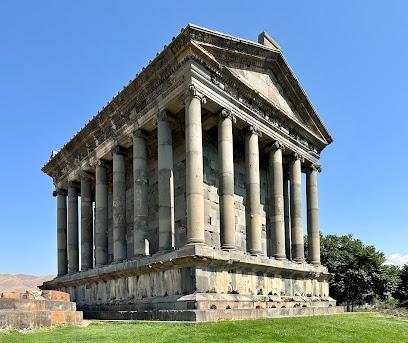
ONE WAY TOUR
Discover Armenia's beauty and culture with One Way Tour, offering budget-friendly tours led by expert guides for an unforgettable experience.
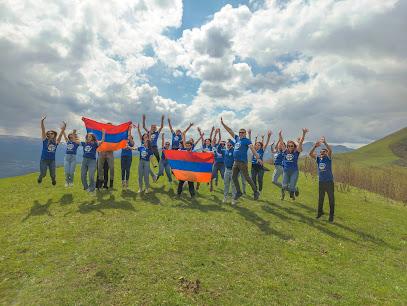
Armenian National Opera and Ballet Theatre
Discover the Armenian National Opera and Ballet Theatre, a cultural landmark in Yerevan showcasing exquisite performances in a stunning architectural setting.
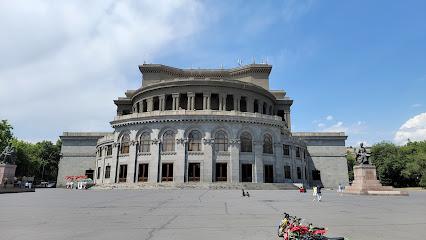
Victory Park
Explore the lush landscapes and rich history of Victory Park in Yerevan, a perfect blend of nature and culture for every traveler.

Hyur Service (Head Office)
Discover the enchanting beauty of Armenia with Hyur Service - your ultimate travel partner for tours, transportation, and accommodation in Yerevan.
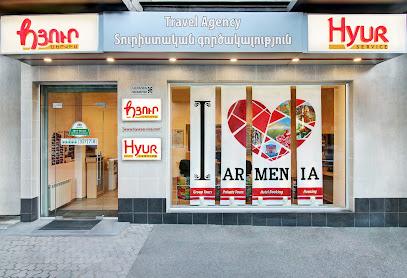
Symphony of Stones
Discover the breathtaking Symphony of Stones in Garni, Armenia, a UNESCO World Heritage site showcasing nature's architectural marvels.
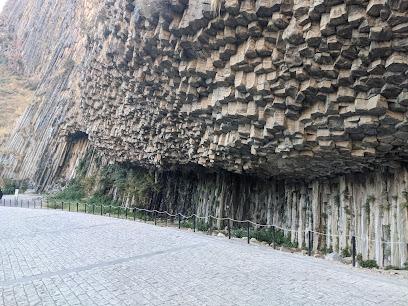
ARARAT Museum
Explore Armenian culture and brandy heritage at the ARARAT Museum in Yerevan, where tradition meets craftsmanship in a captivating experience.
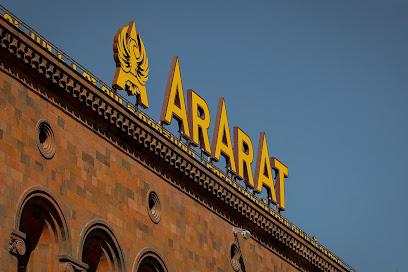
Saint Gregory The Illuminator Cathedral
Explore the grandeur of Saint Gregory The Illuminator Cathedral in Yerevan, a stunning architectural gem and a cornerstone of Armenian spiritual heritage.
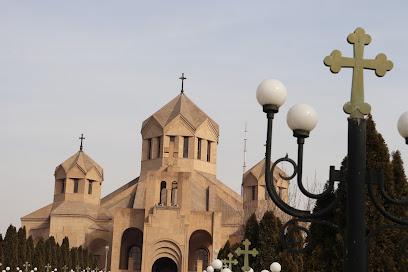
Yerevan Zoo
Explore Yerevan Zoo, a captivating wildlife sanctuary in Armenia, offering diverse animal encounters and educational experiences for visitors of all ages.
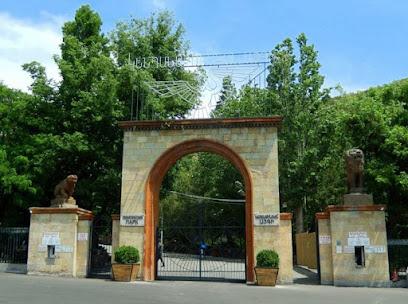
History Museum of Armenia
Explore Armenia's rich history at the History Museum, where ancient artifacts and cultural narratives come to life in the heart of Yerevan.

Essential places to dine
Lavash Restaurant
Experience authentic Armenian cuisine at Lavash Restaurant in Yerevan - where tradition meets flavor in every dish.
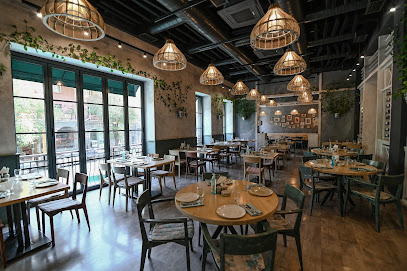
Sherep Restaurant ( Շերեփ ռեստորան )
Experience the rich flavors of Armenia fused with European culinary traditions at Sherep Restaurant in Yerevan.
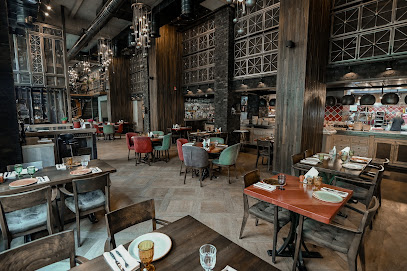
Tavern Yerevan (Teryan) Պանդոկ Երևան (Տերյան)
Discover the essence of Armenian cuisine at Tavern Yerevan – where tradition meets flavor in a warm and inviting atmosphere.
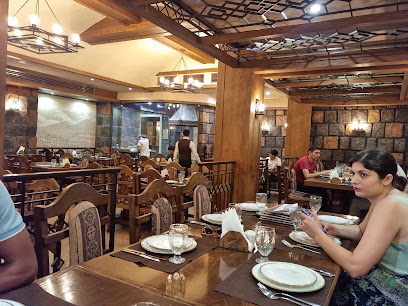
Tumanyan Khinkali
Discover the authentic taste of Armenia at Tumanyan Khinkali in Yerevan – where tradition meets flavor in every bite.
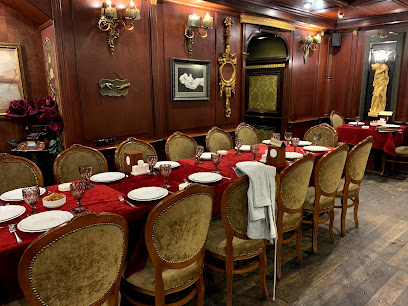
Anteb
Experience authentic Middle Eastern and Armenian cuisine at Anteb in Yerevan – where every meal tells a story.

Dolmama - Armenia's Restaurant
Discover the heart of Armenian cuisine at Dolmama - where tradition meets modernity in every bite.
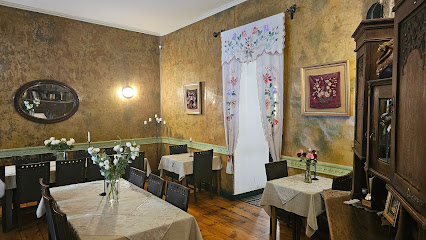
Gata Tavern
Experience authentic Armenian cuisine at Gata Tavern in Yerevan, where tradition meets flavor in a cozy atmosphere.
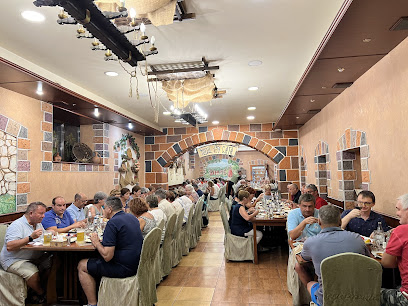
Wine Republic
Discover Yerevan's finest wine bar where Armenian tradition meets modern European cuisine in an elegant setting.
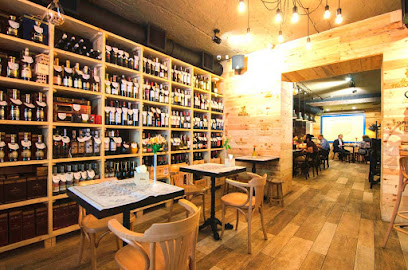
Tavern Yerevan
Experience authentic Armenian cuisine at Tavern Yerevan - where tradition meets taste in a warm and inviting atmosphere.
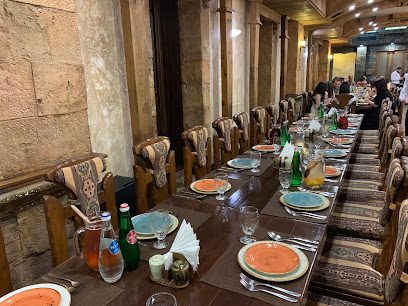
Limone
Discover Limone in Yerevan - An authentic Italian restaurant serving exquisite dishes crafted from fresh ingredients in a charming atmosphere.
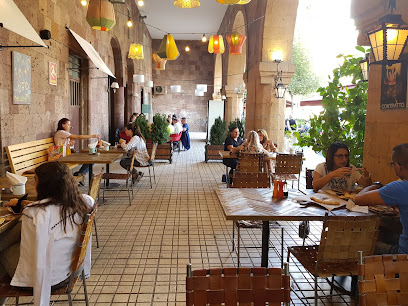
Lahmajun Gaidz
Discover Lahmajun Gaidz: A top Mediterranean spot in Yerevan known for its delicious lahmajun and fresh bakery delights.
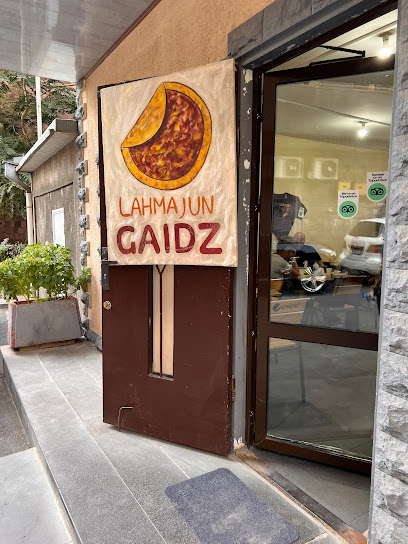
Seasons Restaurant
Discover the essence of Armenian flavors at Seasons Restaurant in Yerevan—where tradition meets contemporary dining excellence.
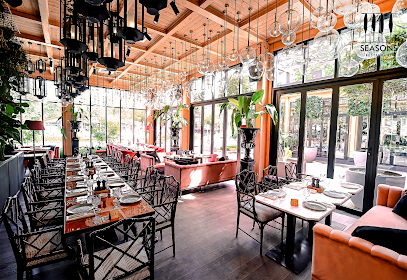
Katsin Restaurant
Experience authentic Armenian flavors at Katsin Restaurant in Yerevan, where tradition meets innovation in a lively atmosphere.

Mayrig Yerevan
Discover the flavors of Armenia at Mayrig Yerevan – where traditional cuisine meets warm hospitality in the heart of Yerevan.
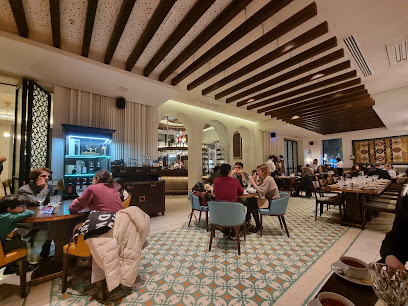
Smoking Chef (Սմոքինգ Շեֆ)
Discover Smoking Chef in Yerevan for an unforgettable steakhouse experience with expertly crafted dishes and exceptional service.

Markets, malls and hidden boutiques
Vernissage
Explore Vernissage in Yerevan, an enchanting market brimming with authentic Armenian handicrafts and artwork, perfect for souvenirs and cultural immersion.
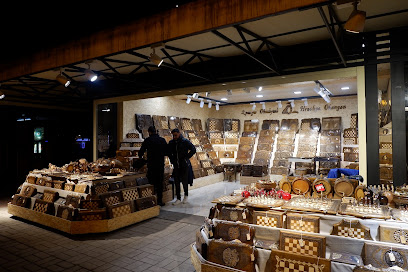
Dalma Garden Mall
Experience the best of shopping, dining, and entertainment at Dalma Garden Mall, Yerevan's premier retail destination.
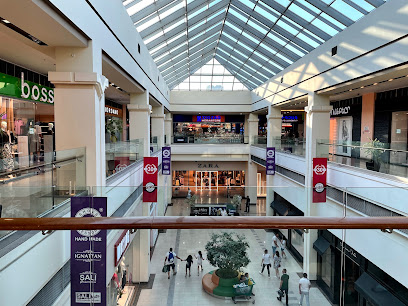
Yerevan Mall
Explore Yerevan Mall, Armenia's premier shopping destination, offering an array of brands, delicious dining, and entertainment options for all ages.
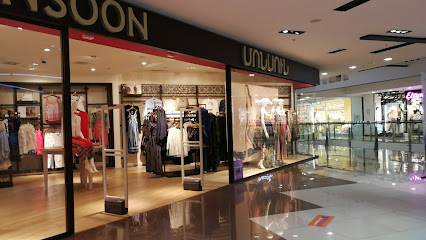
Armenian Market
Discover the vibrant Armenian Market in Yerevan, where local flavors, artisanal crafts, and a lively atmosphere await every visitor.
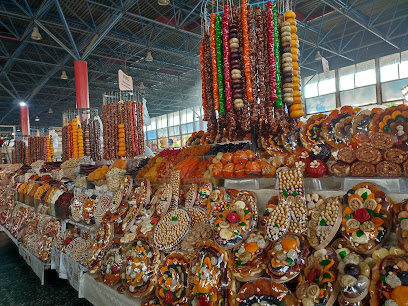
Rossia Mall
Discover the ultimate shopping experience at Rossia Mall in Yerevan, where global brands meet local charm in a vibrant atmosphere.
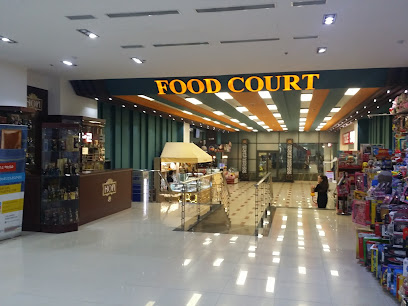
4U.AM
Explore the unique charm of 4U.AM in Yerevan, where exceptional gifts and exquisite floral arrangements await every traveler.

Tashir Street Shopping Centre
Explore Tashir Street Shopping Centre in Yerevan for a delightful mix of shopping, dining, and local culture.
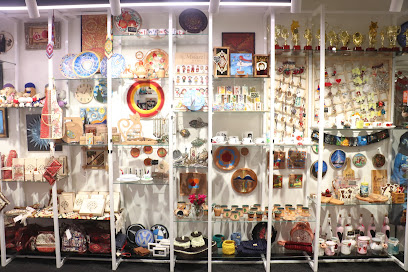
Metronome Shopping Center
Explore the Metronome Shopping Center in Yerevan, where shopping, dining, and entertainment blend seamlessly for an unforgettable experience.
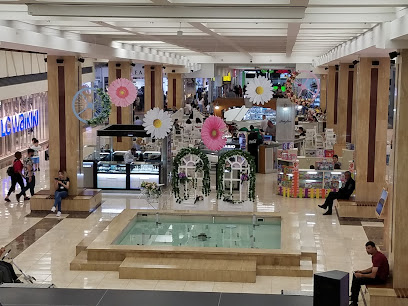
Yerevan Market
Experience the vibrant shopping scene at Yerevan Market, where local culture meets diverse retail offerings in the heart of Armenia's capital.
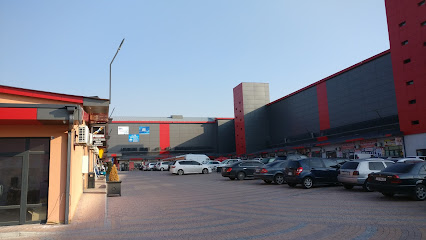
Multi Magic Mall
Discover shopping, dining, and entertainment at the Multi Magic Mall in Verin Ptghni, Armenia's vibrant shopping hub.
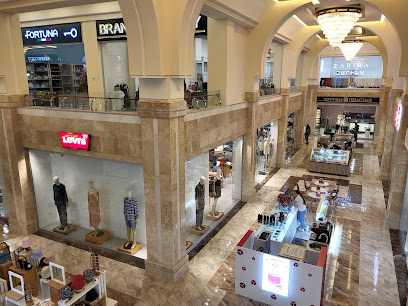
«Next»
Explore Yerevan's fashion scene at Next, where style meets affordability in a chic clothing store experience.
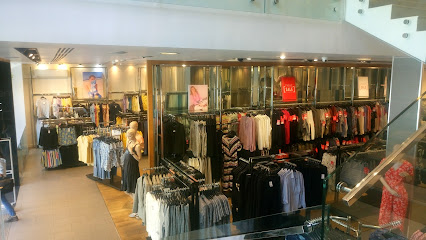
Party Shop
Explore the vibrant Party Shop in Yerevan, your one-stop destination for balloons, gifts, and everything festive.

eli.am gift shop, tours and entertainment
Explore the vibrant eli.am gift shop in Yerevan for unique souvenirs, local crafts, and exciting adventures that capture Armenia's spirit.
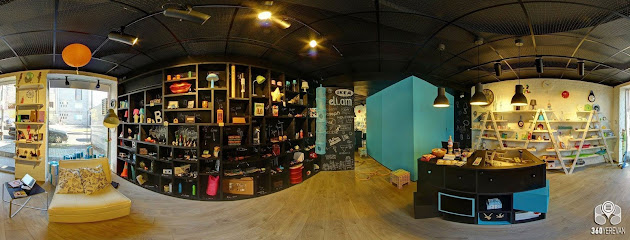
Painter's Vernissage
Explore the vibrant world of artistry at Painter's Vernissage, Yerevan’s premier paint store for all your creative needs.
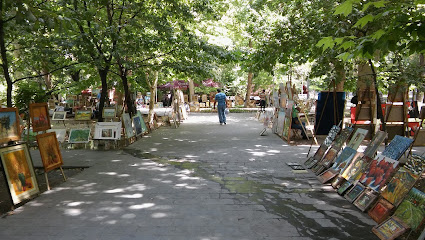
Tade masters' selection
Explore Tade Masters' Selection in Yerevan for unique gifts and exquisite handcrafted Armenian art that captures the heart of this vibrant city.
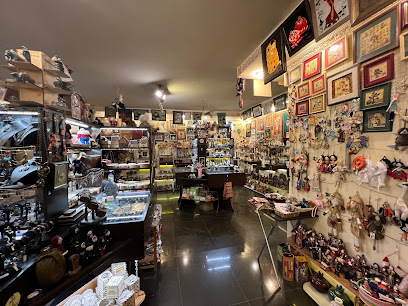
Essential bars & hidden hideouts
Beatles Pub Yerevan
Experience the vibrant atmosphere of Beatles Pub Yerevan, where music and culinary delights intertwine for an unforgettable night out.

Calumet Ethnic Lounge Bar
Discover the fusion of Armenian culture and modern nightlife at Calumet Ethnic Lounge Bar in Yerevan, a vibrant pub experience.
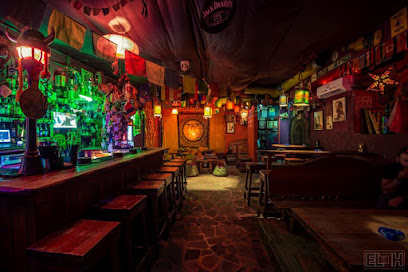
DABOO Cocktail Bar
Experience Yerevan's vibrant nightlife at DABOO Cocktail Bar, where unique cocktails and a lively atmosphere await you in the heart of the city.

El Sky Bar
Discover El Sky Bar in Yerevan, where stunning views, exquisite drinks, and a vibrant atmosphere create an unforgettable rooftop experience.
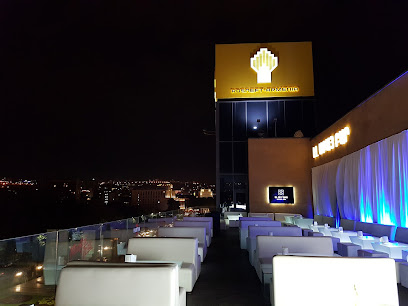
Epicure
Discover innovative cocktails and a cozy atmosphere at Epicure, Yerevan’s must-visit cocktail bar in the heart of the city.
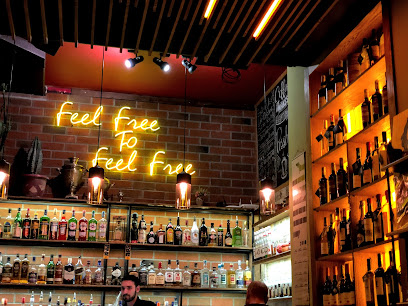
Tom Collins
Experience Yerevan's nightlife at Tom Collins, a vibrant bar offering great drinks and live entertainment in a stylish setting.
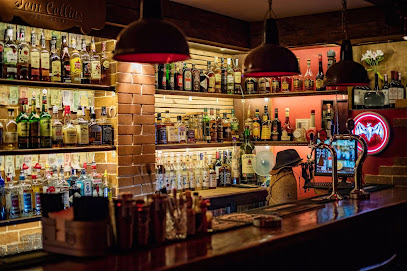
Bar Phoenīx
Experience Yerevan's vibrant nightlife at Bar Phoenīx, where unique cocktails and a lively atmosphere await every visitor.
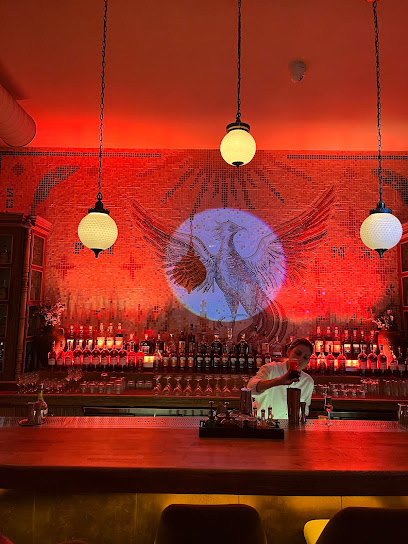
The Kond House
Discover Yerevan’s nightlife at The Kond House – a lively bar offering traditional drinks and a unique atmosphere for an unforgettable experience.
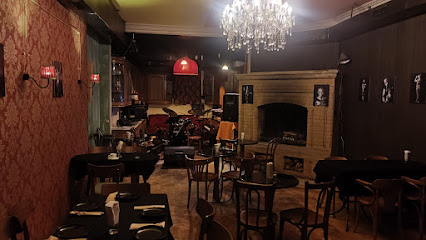
Stoyka pub
Discover the lively ambiance of Stoyka Pub in Yerevan, where local flavors and vibrant nightlife meet for an unforgettable experience.
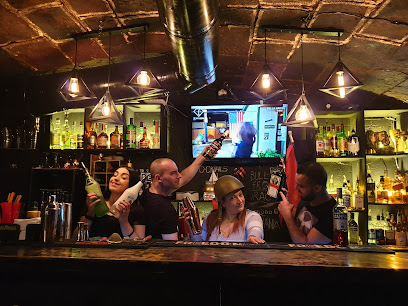
Friends Pub
Discover the vibrant nightlife at Friends Pub, a must-visit spot in Yerevan offering a cozy atmosphere and a diverse drink menu.
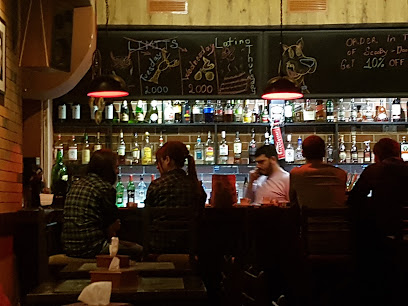
Minas Cocktail Room
Discover Minas Cocktail Room, Yerevan's premier cocktail bar offering unique drinks and a vibrant atmosphere for an unforgettable night out.
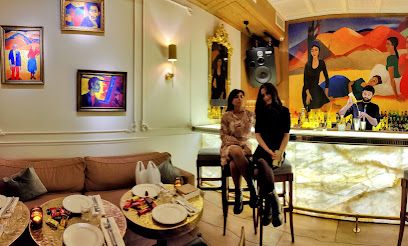
Process Bar
Discover Yerevan's nightlife at Process Bar, where creative cocktails and a vibrant atmosphere await every visitor.
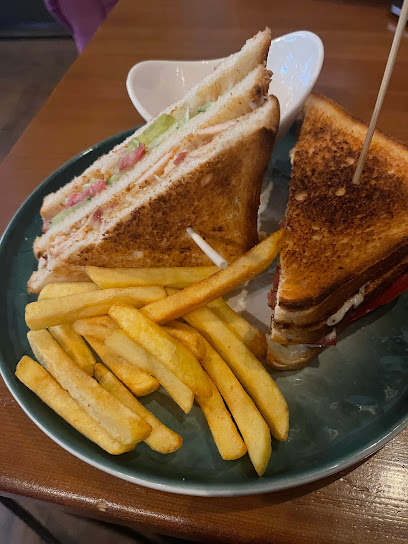
Yankee Pub
Discover the lively ambiance and delicious offerings of Yankee Pub, a must-visit for tourists in Yerevan, Armenia.
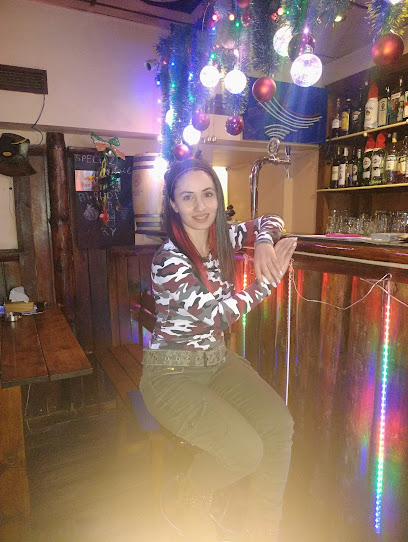
Rush Pub Yerevan
Experience the lively atmosphere of Rush Pub Yerevan, where great drinks meet unforgettable nights in the heart of Armenia's capital.
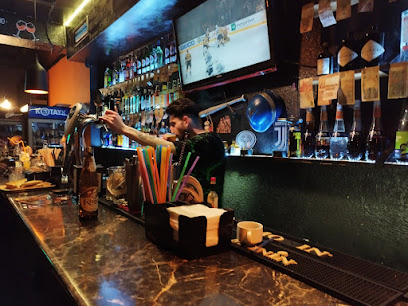
Seeds Pub
Experience the heart of Yerevan's nightlife at Seeds Pub, where local flavors and vibrant atmosphere come together.
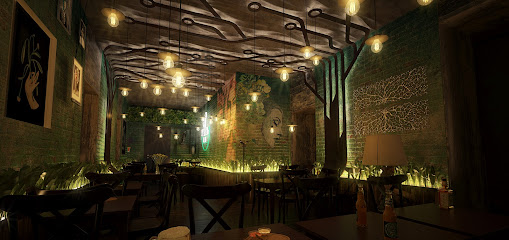
Local Phrases
-
- HelloԲարև
[Barev] - GoodbyeՑտեսություն
[Tsetsutun] - YesԱյո
[Ayo] - NoՈչ
[Vo] - Please/You're welcomeԽնդրում եմ
[Khndrum em] - Thank youՇնորհակալ եմ
[Shnorhakal em] - Excuse me/SorryՆերքո
[Nerko] - How are you?Ինչպես եք?
[Inchpes ek?] - Fine. And you?Լավ, եւ դու?
[Lav, yev du?] - Do you speak English?Կարես անգլերեն?
[Kares angleren?] - I don't understandԵս չեմ հասկանում
[Yes chem haskanum]
- HelloԲարև
-
- I'd like to see the menu, pleaseԽնդրում եմ մենյունը
[Khndrum em menyun] - I don't eat meatԵս միս չուշածում
[Yes mis chushatsum] - Cheers!Եղավ
[Yeghav] - I would like to pay, pleaseԽնդրում եմ վճարել
[Khndrum em vcharrel]
- I'd like to see the menu, pleaseԽնդրում եմ մենյունը
-
- Help!Օրվա
[Orva] - Go away!Պարզանք
[Parzank] - Call the Police!Թողեք միավորապես
[Toghets miavorapes] - Call a doctor!Թողեք բժշկ
[Toghets bzhshk] - I'm lostԵս կուտակված եմ
[Yes kootakvadz em] - I'm illԵս հիվանդ եմ
[Yes hivanad em]
- Help!Օրվա
-
- I'd like to buy...Խնդրում եմ գնել
[Khndrum em gnel] - I'm just lookingՄինչև այստեղ բնութավորում եմ
[Minchev aystegh bnutyavorum em] - How much is it?Քանի՞ է դա
[Kani e da?] - That's too expensiveԹանկ է
[Tank e] - Can you lower the price?Կցանկալ ե՞ք գնել
[Ktsankal ek gnel]
- I'd like to buy...Խնդրում եմ գնել
-
- What time is it?Որ ժամ է այսպես
[Vor zham e ayspes] - It's one o'clockՄեկը է
[Meky e] - Half past (10)Կեսը
[Kesy] - MorningԱռավոտ
[Aravot] - AfternoonԼուսավորել է
[Lusavorrel e] - EveningԵրեկո
[Yereko] - YesterdayԵրեկ
[Yerek] - TodayԱյսօր
[Aysor] - TomorrowՎաղ
[Vagh] - 1Մեկ
[Mek] - 2Երկու
[Yerku] - 3Երեք
[Yerek] - 4Չորս
[Chors] - 5Հինգ
[Hing] - 6Վերջ
[Verj] - 7Յոթ
[Yot] - 8Ութ
[Ut] - 9Ինը
[Ine] - 10Տաս
[Tas]
- What time is it?Որ ժամ է այսպես
-
- Where's a/the...?Ուտեստը ում է
[Utesy um e] - What's the address?Ինչ է հասցեն
[Inch e hascen] - Can you show me (on the map)?Կարողանաք ցուցադրել (քարտեզում)
[Karoghankac tsutsadrel (kartezum)] - When's the next (bus)?Երբ է հաջողվում (ավտոբուսը)
[Yerbe e hajoghvum (avtobusy)] - A ticket (to ....)Բիլետ (մինչև ....)
[Bilet (minchev ....)]
- Where's a/the...?Ուտեստը ում է
History of Yerevan
-
In 782 BC, King Argishti I of Urartu founded the Erebuni Fortress. This ancient fortress, located on the Arin Berd hill, is considered the birthplace of Yerevan. The cuneiform inscription discovered at the site declares the establishment of the fortress, making Yerevan one of the world's oldest continuously inhabited cities.
-
In the 16th century, Yerevan came under Persian rule as part of the Safavid Empire. During this period, the city developed as a significant administrative center known as the Erivan Khanate. This era saw the construction of various Persian-style buildings and fortifications.
-
In 1827, the Russian Empire captured Yerevan from Persia during the Russo-Persian War. The ensuing Treaty of Turkmenchay in 1828 formalized Russian control over the city and the broader region, marking the beginning of significant social and economic transformations in Yerevan under Russian administration.
-
Yerevan became the capital of the Armenian Soviet Socialist Republic in 1920. Under Soviet rule, the city underwent rapid industrialization and urbanization. Renowned architect Alexander Tamanian redesigned the city's layout, introducing wide avenues, public squares, and monumental architecture that define Yerevan's appearance today.
-
Completed in 1967, the Tsitsernakaberd Memorial Complex commemorates the victims of the Armenian Genocide of 1915. This poignant site, overlooking the city, includes a memorial wall, an eternal flame, and a museum documenting the atrocities and the resilience of the Armenian people.
-
With the dissolution of the Soviet Union in 1991, Yerevan became the capital of an independent Armenia. The post-Soviet era has seen significant political, economic, and cultural changes. Modern Yerevan is a vibrant city, blending its rich historical heritage with contemporary developments, including thriving arts scenes, bustling markets, and modern infrastructure.
-
Yerevan is home to numerous cultural landmarks and museums, including the Matenadaran, which houses ancient manuscripts, and the National Gallery of Armenia, showcasing a vast collection of Armenian and international art. The city's cultural vibrancy is further highlighted by the Opera House and Republic Square, which host various events and festivities.
Yerevan Essentials
-
Yerevan, the capital city of Armenia, is accessible by air, road, and rail. Zvartnots International Airport is the main gateway, located about 12 kilometers from the city center. It offers international flights connecting Yerevan with major cities around the world. From the airport, you can take a taxi, airport shuttle, or public bus to reach the city. Additionally, Yerevan is well-connected by roads to neighboring countries such as Georgia and Iran. International bus services and private car hires are available. Train services also connect Yerevan to Tbilisi, Georgia, offering a scenic journey.
-
Yerevan has a variety of transportation options. The metro system, though limited, is efficient for getting around the city center. Public buses and minibuses (marshrutkas) cover extensive routes throughout the city and suburbs. Taxis are plentiful and relatively affordable; apps like Yandex Go and GG Taxi offer convenient ride-hailing services. For those preferring to drive, car rentals are available, but be aware of local driving customs and traffic. Biking is also becoming popular, with several bike rental services and dedicated lanes in parts of the city.
-
The official currency in Armenia is the Armenian Dram (AMD). While credit cards are widely accepted in hotels, restaurants, and larger shops in Yerevan, it's advisable to carry cash for smaller establishments and markets. ATMs are readily available throughout the city, and currency exchange services can be found in banks and exchange offices. It’s a good idea to have some local currency on hand upon arrival for immediate expenses like transportation and small purchases.
-
Yerevan is generally considered safe for tourists. However, standard safety precautions should be taken. Avoid walking alone late at night in poorly lit or unfamiliar areas. The city center, including areas like Republic Square and Northern Avenue, is usually bustling and safe. Petty crimes like pickpocketing can occur in crowded places, so keep an eye on your belongings. There are no specific high-crime areas targeting tourists, but staying vigilant and cautious is always best.
-
In case of an emergency in Yerevan, dial 911 to reach police, fire, or medical services. The city has several hospitals and clinics that provide emergency care, such as Erebuni Medical Center and Armenia Medical Center. Pharmacies are widespread and can provide over-the-counter medications. It is highly recommended to have travel insurance that covers medical emergencies. Keep a list of important contacts, including your country's embassy or consulate, for any travel-related assistance.
-
Fashion: Do dress modestly, especially when visiting religious sites. Avoid overly casual or revealing clothing. Religion: Do show respect for religious customs. Cover your head and wear appropriate attire when entering churches and monasteries. Public Transport: Do offer your seat to elderly passengers and avoid eating or drinking on public transport. Greetings: Do greet with a handshake and maintain eye contact. A slight nod or a kiss on the cheek is common among acquaintances. Eating & Drinking: Do sample local foods and accept hospitality graciously. Don’t refuse food or drink, as it can be considered impolite.
-
To experience Yerevan like a local, visit the Vernissage market on weekends for local crafts and souvenirs. Enjoy a stroll along Northern Avenue and Cascade Complex, popular spots for locals. Try traditional Armenian dishes at local eateries like khorovats (barbecue) and dolma. Engage with locals in cafes and parks; Armenians are known for their hospitality. Don’t miss out on visiting historical sites like the Armenian Genocide Memorial and Museum. For a unique experience, take a day trip to the ancient Garni Temple and Geghard Monastery.
Trending Landmark in Yerevan
-
Cascade Complex
-
Republic Square
-
Vernissage
-
Tsitsernakaberd Armenian Genocide Memorial Complex
-
Armenian National Opera and Ballet Theatre
-
Victory Park
-
Freedom Square
-
Charles Aznavour Square
-
Matenadaran
-
Erebuni Fortress
-
Alexander Tamanyan Statue
-
Yerevan History Museum
-
Memorial to the 50th Anniversary of October Revolution
-
Ervand Kochar Museum
-
Singing Fountains
Nearby Cities to Yerevan
-
Things To Do in Tsaghkadzor
-
Things To Do in Aparan
-
Things To Do in Dilijan
-
Things To Do in Vanadzor
-
Things To Do in Gyumri
-
Things To Do in Vayk
-
Things To Do in Alaverdi
-
Things To Do in Haghpat
-
Things To Do in Jermuk
-
Things To Do in Ganja
-
Things To Do in Tbilisi
-
Things To Do in Goris
-
Things To Do in Mtskheta
-
Things To Do in Kapan
-
Things To Do in Signagi



